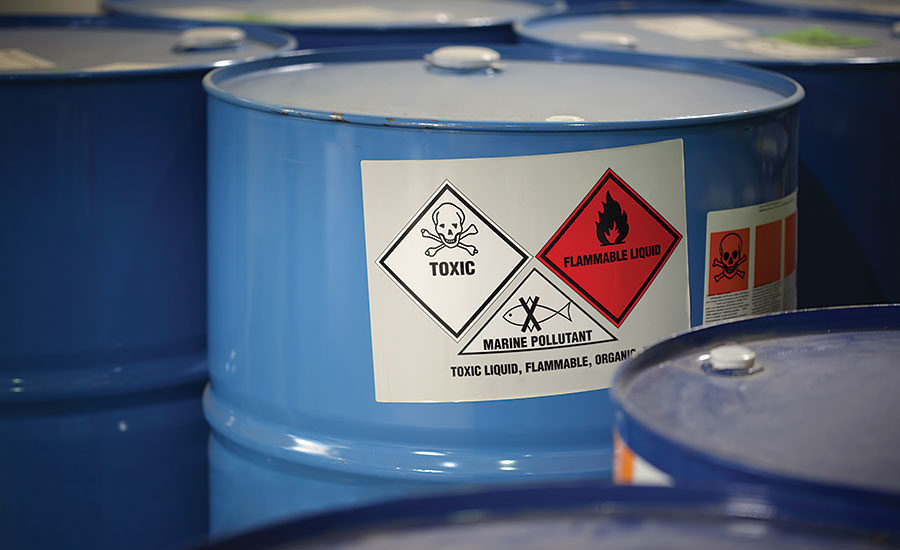The transportation of dangerous shipments may be performed by trucks, marine, railway, and air vehicles. Every kind of transport has its rules and norms for transfer arrangement. Local freight companies usually deal with documents, labels, and other requirements. The transportation of dangerous cargo requires deep knowledge of the stuff. Workers must know how to act in case of accidents with different hazard classes.
There are nine classes of dangerous cargo. Let’s look at it in more detail.
- ADR 1. Materials which can burn, cause a fire or lead to an explosion, refer to this class. Also, it can be items, which can lead to flames because of their masses. Usually such flames cause a fire.
- ADR 2. Gases are referred to this category. It can be a combination of gases or pure gas. Gas is a substance which has a high pressure at a high temperature. Professionals always pay attention to the pressure, because it is the main danger for such substances. Gases can be asphyxiating, poisoning, toxic, corroding, and flammable.
- ADR 3. The third class includes the flammable substances, liquid and solid substances in the melted state.
- ADR 4. Such substances easily flame because of fire, friction, absorbing humidity, or heating. Also, explosive substance, which is solid, refers to this class. Solids are granules, powders, and paste, which can easily explode because of external factors. These factors can be sun shines, spark or match. This class also includes some self-exploded substances.
- ADR 5. Acid substances and items which emit oxygen, cause fire and can flame while interacting with other substances. Organic substances also refer to this class.
- ADR 6. To the sixth class poison substances are referred. They can cause intoxication or illness if a person drinks or eats them or even if this substance touches the skin. Sometimes they can lead to death. Speaking about the sixth class of dangerous cargo, we understand that it deals with toxic and slightly toxic substances. They are also infection substances, which have pathogenic organisms in their content.
- ADR 7. Radioactive materials are in the seventh class. These items include radionuclides. The danger is that the person can be affected by radioactive emissions. Such substances can be self-flamed and corroded. If this substance touches the skin, the person can suffer from burns, hair loss, or cancer. Cargos of this class of danger can lead to death.
- ADR 8. Corrosion substances are substances that affect the skin during contact. Such cargo can damage the vehicle if the transportation is arranged unprofessionally. As a rule, they are acids, alkalis, and corroded items.
- ADR 9. The other dangerous substances don’t refer to the previous classes. For example, it can be a cloud of dust that brings harm to health while breathing.
Every hazard class needs strict following of the rules while being transported. Only experienced specialists can work with such cargo.

